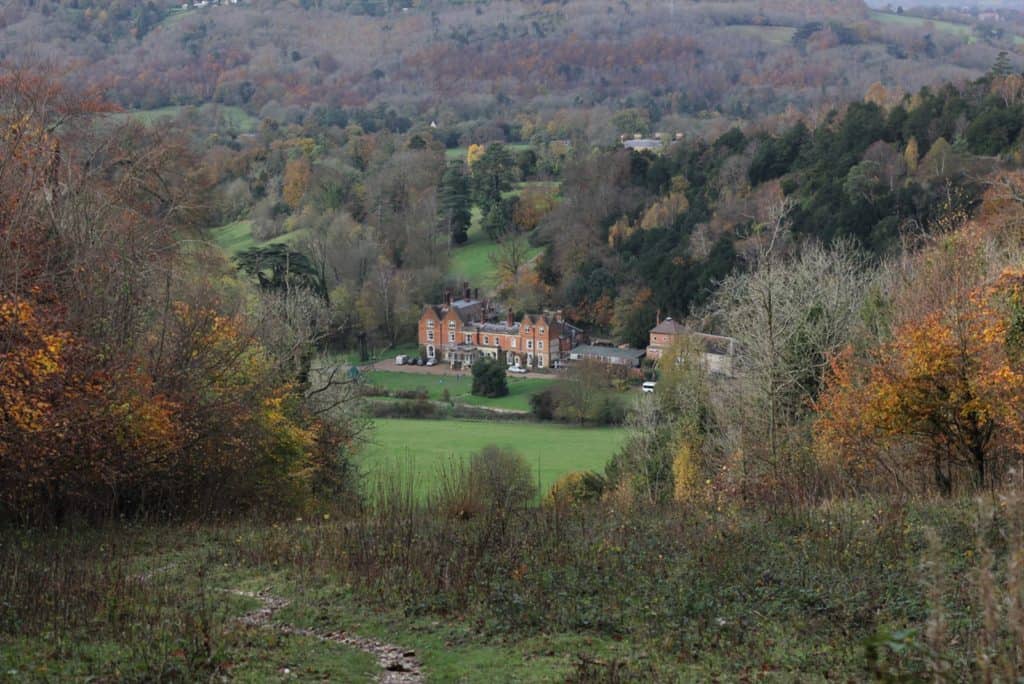Conservation in situ means maintaining species in their natural environment. In situ management approaches can either be targeted at populations of particular species (species-centred) or at whole ecosystems (ecosystem-based). Protected areas are the cornerstone of in situ conservation, but other strategies are becoming increasingly important too such as habitat restoration, removal of invasive species and reintroduction.
Protected Areas
The IUCN define a protected area as “a clearly defined geographical space, recognized, dedicated and managed, through legal or other effective means, to achieve the long-term conservation of nature with associated ecosystem services and cultural values”. In other words, protected areas are defined areas in which the natural environment is protected by people and/or the law so that people can benefit from it without destroying it.
Many parts of the UK have designated status – legal protection to conserve important habitats and species.
Sites of Special Scientific Interest (SSSI)
Sites of Special Scientific Interest (SSSI) (England, Scotland and Wales) and Areas of Special Scientific Interest (ASSI) (Northern Ireland) are the basic unit of UK protected area legislation and protect the best examples of flora, fauna, or geological or physiographical features.

They primarily identify areas worthy of preservation but also give certain protection against damaging operations. There are over 6000 SSSIs in the UK.
National Nature Reserves (NNR)
NNRs protect areas of national significance for biological or earth science interest. They are managed to conserve their habitats and species but also to provide opportunities for research and education. There are nearly 400 nature reserves across the UK.

Marine Conservation Zones (MCZs)
MCZs protect nationally important marine wildlife, habitats, geology and geomorphology and can be designated anywhere in English and Welsh inshore and UK offshore waters. In Scotland, Marine Protected Areas serve the same purpose. Find out more at
National Parks protect the most beautiful and valued landscapes in the UK. National Park Authorities work to conserve the wildlife and cultural heritage of these areas alongside the people who live and work in them. National parks welcome visitors and provide opportunities for everyone to experience and enjoy the landscape.
Case study: Slapton Ley National Nature Reserve
Centred around Slapton Ley, the largest natural freshwater lake in South West England, this 214-hectare reserve has been managed by the Field Studies Council as an “outdoor laboratory” for education and conservation for over 50 years.
Slapton Ley was first designated as a SSSI in 1952. Reasons for SSSI status include:
- nationally important coastal geomorphology
- coastal and freshwater plant communities
- an assemblage of breeding wetland birds
- a breeding population of the rare Cetti’s warbler
- lichen diversity (250+ species incl. 4 red list species)
Slapton Ley was designated as a National Nature Reserve in 1993. There is a 10-year management plan running from 2010-2020 which targets SSSI designated species and IUCN red list species first, then nationally scarce and UK Biodiversity Action Plan species such as Strapwort and the Southern Marsh Orchid.
Invasive species
An invasive species is an organism that is not native to a specific location and has a tendency to spread, potentially causing damage to the environment, human economy and/or human health. Removal or control of such species is often a significant challenge for conservation managers.
For more information, check out the website of the GB non-native species secretariat.
Reintroducing species
Reintroduction means restoring a species to parts of its natural range from which it has been lost. Individuals for reintroduction may come from captive collections or may be translocated from other wild areas.
Case study: Water voles in Malham Tarn
The water vole (Arvicola amphibious) is Britain’s fastest declining mammal. Once common, they have disappeared from almost 90% of the rivers and streams in which they once lived. This decline is partly due to habitat loss and degradation, but more significantly, predation by American mink, an introduced species. The National Trust believe that the water vole population on its Malham Tarn Estate in the Yorkshire Dales were wiped out by American mink in the 1960s.
Two hundred water voles are now being reintroduced into the Tarn over a 2-year period. The hope is that they will play an important part in the ecosystem of the Tarn, grazing areas of the riverbank and facilitating the growth of rare plants. They will also provide a food source for struggling predators like barn owls and otters.

Management of succession
Conservation of habitats frequently involves the management of succession. If an area is left undisturbed, successional change will, in theory, eventually lead to the establishment of a stable climax community. Particular species and habitats present at earlier stage of sucession will no longer be present. Maintaining a particular habitat may thus involve deliberate interference to prevent the ecosystem developing further, maintaining what is known as a plagioclimax.
Case study: Morfa Harlech sand dunes
The sand dune system at Morfa Harlech in North Wales is of international importance supporting a range of plant communities from the naturally sparse vegetation of the strandline and the shifting dunes, to species rich mature dunes slacks and fixed dune grasslands. Maintaining this mosaic of habitats involves managing the process of succession to stop scrub encroachment in certain areas and thus maintain all successional phases.
Where natural processes such as mobility, erosion, wind scour and flooding are highly significant, scrub invasion is not an issue. Where slacks are more mature scrub can become a problem however and both cutting, and grazing by cattle or sheep, is used to maintain a plagioclimax.


Secondary and Further Education Courses
Set your students up for success with our secondary school trips and courses. Offering excellent first hand experiences for your students, all linked to the curriculum.
Group Leader and Teacher Training
Centre-based and digital courses for teachers
Experiences for Young People
Do you enjoy the natural world and being outdoors? Opportunities for Young People aged 16-25.
